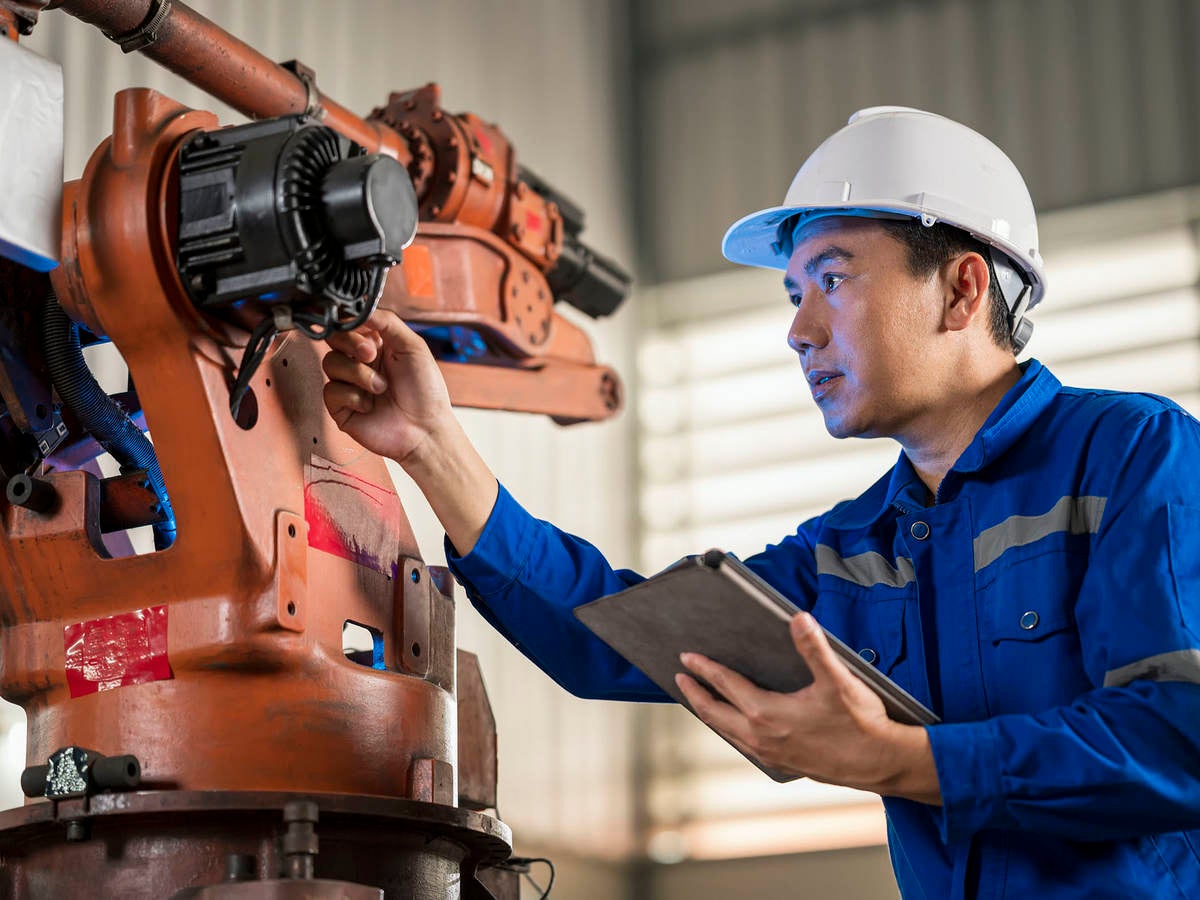A brief history of MES in the cable industry
In the late 1970s, manufacturing execution systems (MES) started to be used across industries as computing power became cheaper and programming skills became widely available. In the wire and cable industry, MES was limited to conveying a list of jobs to the shopfloor and collecting progress updates on each job. Available data obtained from the MES system was limited to planning and the costing of work-in-progress.
However, as the 1990s began, manufacturers started to adopt new manufacturing improvement initiatives to maintain competitive advantage. Data became central to company strategy and became the engine that drove a vast array of manufacturing improvements.
Within wire and cable manufacturing, this data was used to help make savings in efficiency and material, advances that, over time, had a profound impact on manufacturing processes. The resulting data provided confidence that improvement initiatives were working from an operational and commercial point of view.
From passive to proactive – MES systems today
Today, MES systems look very different. MES still has all the elements of controlling the workflow on the shopfloor but now combines this information with live data from production lines and testing equipment.
MES these days is no longer passive. It no longer waits for the user to analyze the data it collects but will notify the user if something is about to go wrong — enabling the user to make decisions based on real-time data. Furthermore, users can access this data through customized dashboards on devices of all kinds, anywhere in the world.
MES – from luxury to necessity
For early adopters of MES in the cable industry, the cost and complexity of implementation were prohibitive to all but the wealthiest manufacturers. The market and technologies have matured, and commercial off-the-shelf (COTS) offerings, such as CableMES from UL Solutions, mean that MES implementation is now achievable for most cable manufacturers.
Indeed, as more manufacturers deploy MES technology, it ceases to be a luxury and becomes necessary to retain competitiveness in an industry where margins are increasingly under pressure.
So, the question is: What will MES look like in the future?
These days, it seems everyone is talking about Artificial Intelligence (AI), and MES is no exception: AI is set to provide a considerable boost to the development of MES systems of the future.
For instance, a human carries out notification, configuration, and decision-making. With AI, humans may be taken out of the loop for day-to-day decisions, freeing up their time for other tasks. People will be used to educate the AI system so that it can make autonomous decisions that people will then validate. Such developments will mean that MES systems will continue to provide an ever more intelligent manufacturing process for forward-thinking companies to invest in.
Get connected with our sales team
Thanks for your interest in our products and services. Let's collect some information so we can connect you with the right person.

